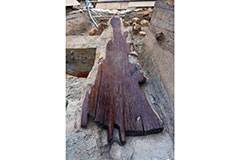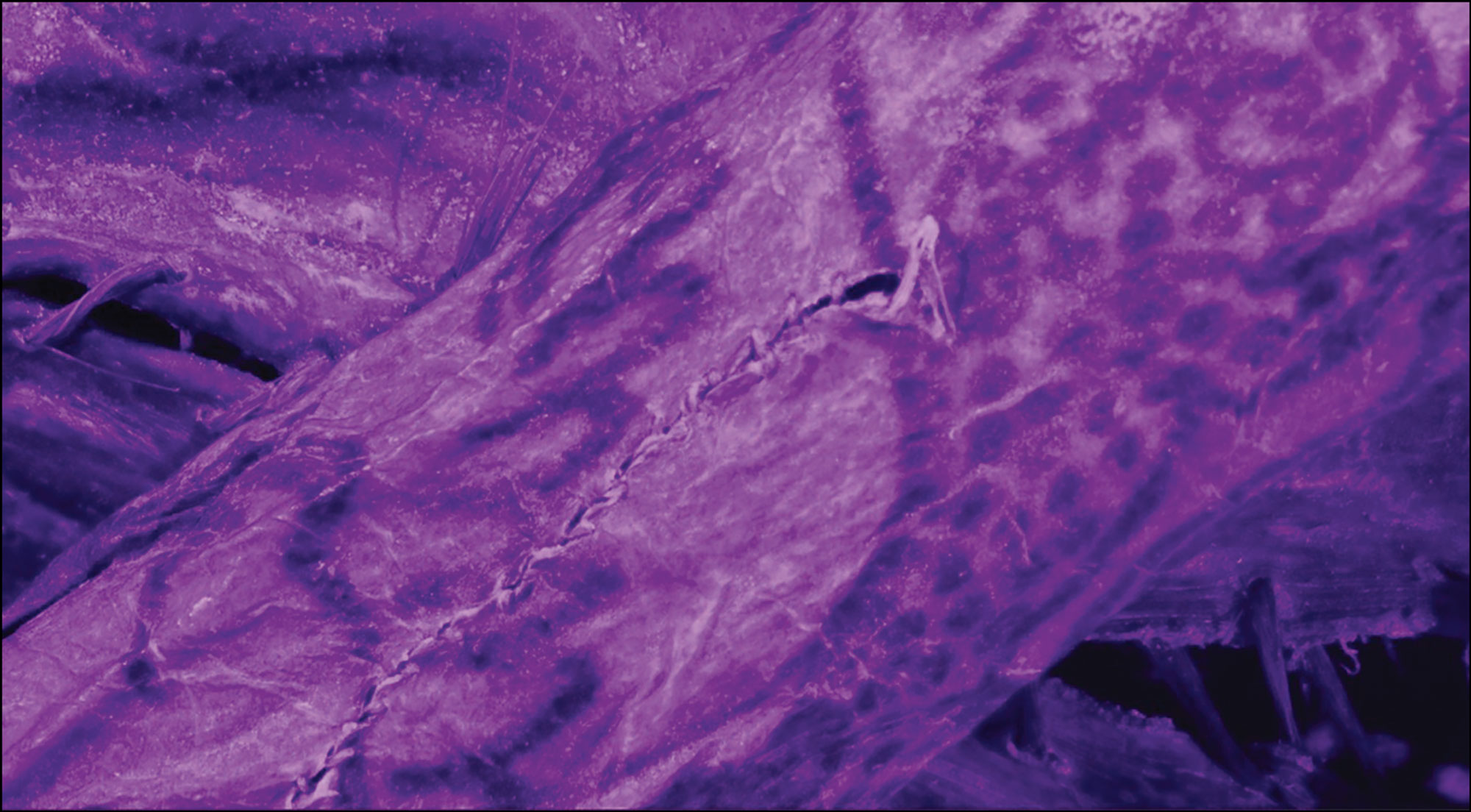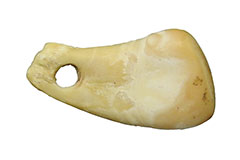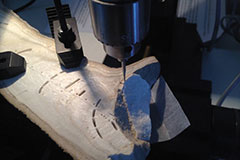Features From the Issue
-
 (Pasquale Sorrentino)
(Pasquale Sorrentino) -
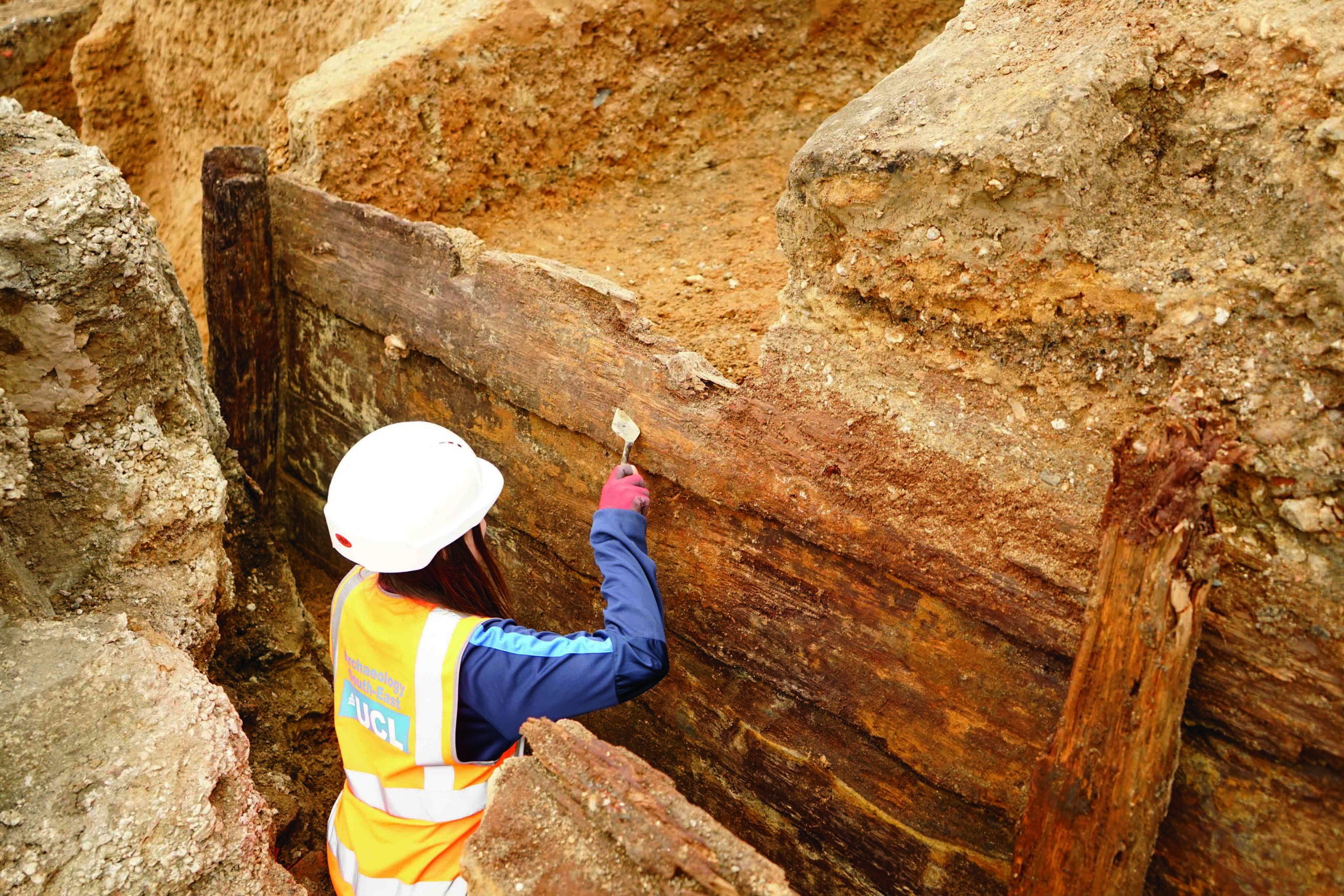 (Courtesy Archaeology South-East/UCL)
(Courtesy Archaeology South-East/UCL) -
Features
Return to the River
Members of Virginia’s Rappahannock tribe are at work with archaeologists to document the landscape they call home
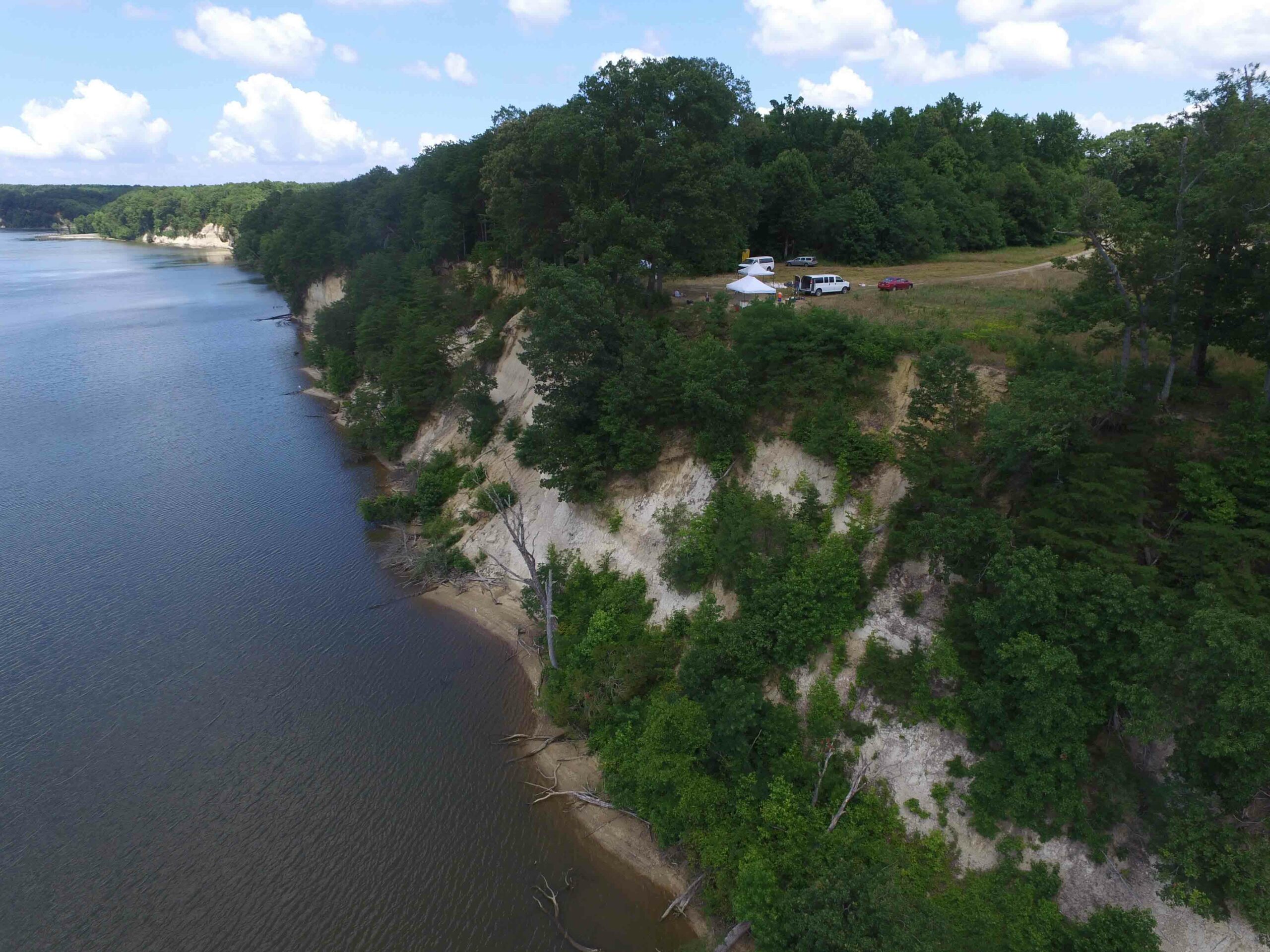 (Courtesy Julia King)
(Courtesy Julia King) -
Features
An Oasis Civilization Rediscovered
In the deserts of Central Asia lie the ruined cities of a lost Bronze Age world
-
Features
Behind the Lines of the Great Arab Revolt
Along an abandoned railroad, traces of a bitter WWI-era guerilla conflict have emerged from the sands
-
Features
Unfolding the Bayeux Tapestry
A new theory may explain the origins of the famed medieval textile

Letter from Woodhenge
Letter from Woodhenge
Stonehenge's Continental Cousin
A 4,000-year-old ringed sanctuary reveals a German village’s surprising connections with Britain
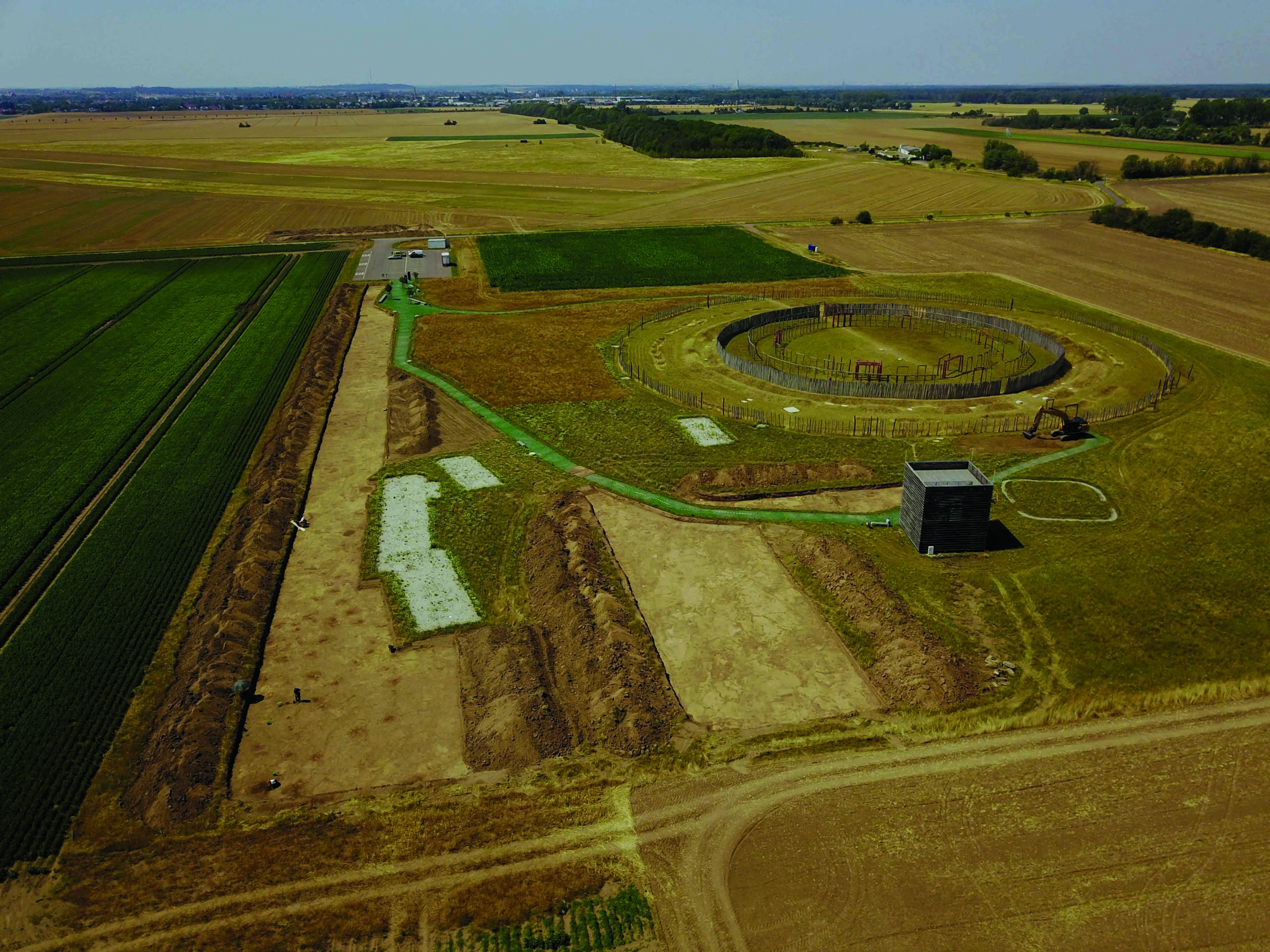
Artifact
Artifacts
Inca Box with Votive Offerings

Digs & Discoveries
-
Digs & Discoveries
Reading, Writing, and Algorithms
 (Courtesy Michael Cordonsky/Tel Aviv University and the Israel Antiquities Authority)
(Courtesy Michael Cordonsky/Tel Aviv University and the Israel Antiquities Authority) -
Digs & Discoveries
Face Off
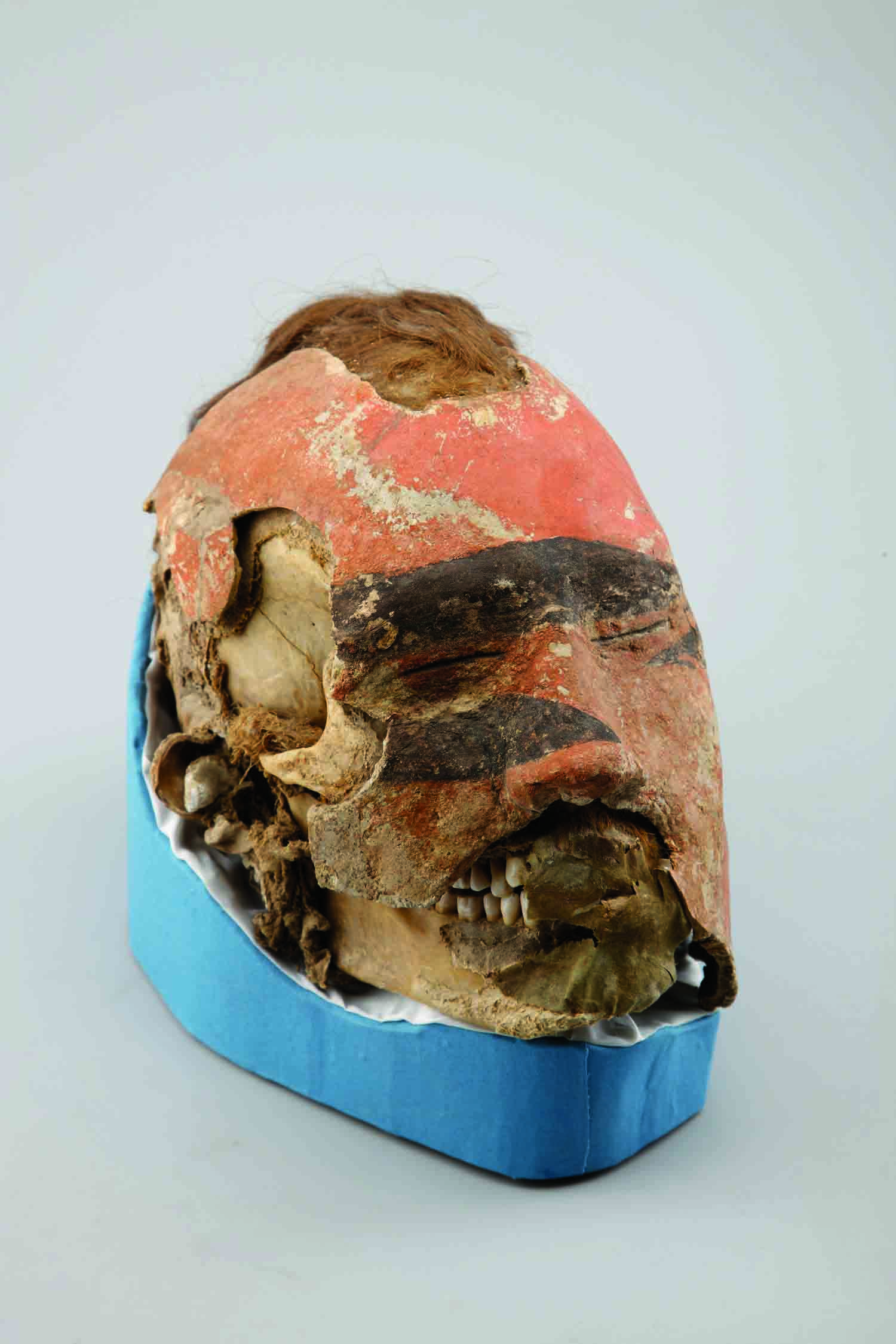 (Photograph © The State Hermitage Museum/Photo by Vladimir Terebenin)
(Photograph © The State Hermitage Museum/Photo by Vladimir Terebenin) -
Digs & Discoveries
Formatting Bronze Age Tablets
 (Courtesy of The Department of Classics, University of Cincinnati)
(Courtesy of The Department of Classics, University of Cincinnati) -
Digs & Discoveries
Cat's Eye View
 (Johny Isla, Ministry of Culture)
(Johny Isla, Ministry of Culture) -
Digs & Discoveries
The Bone Collector
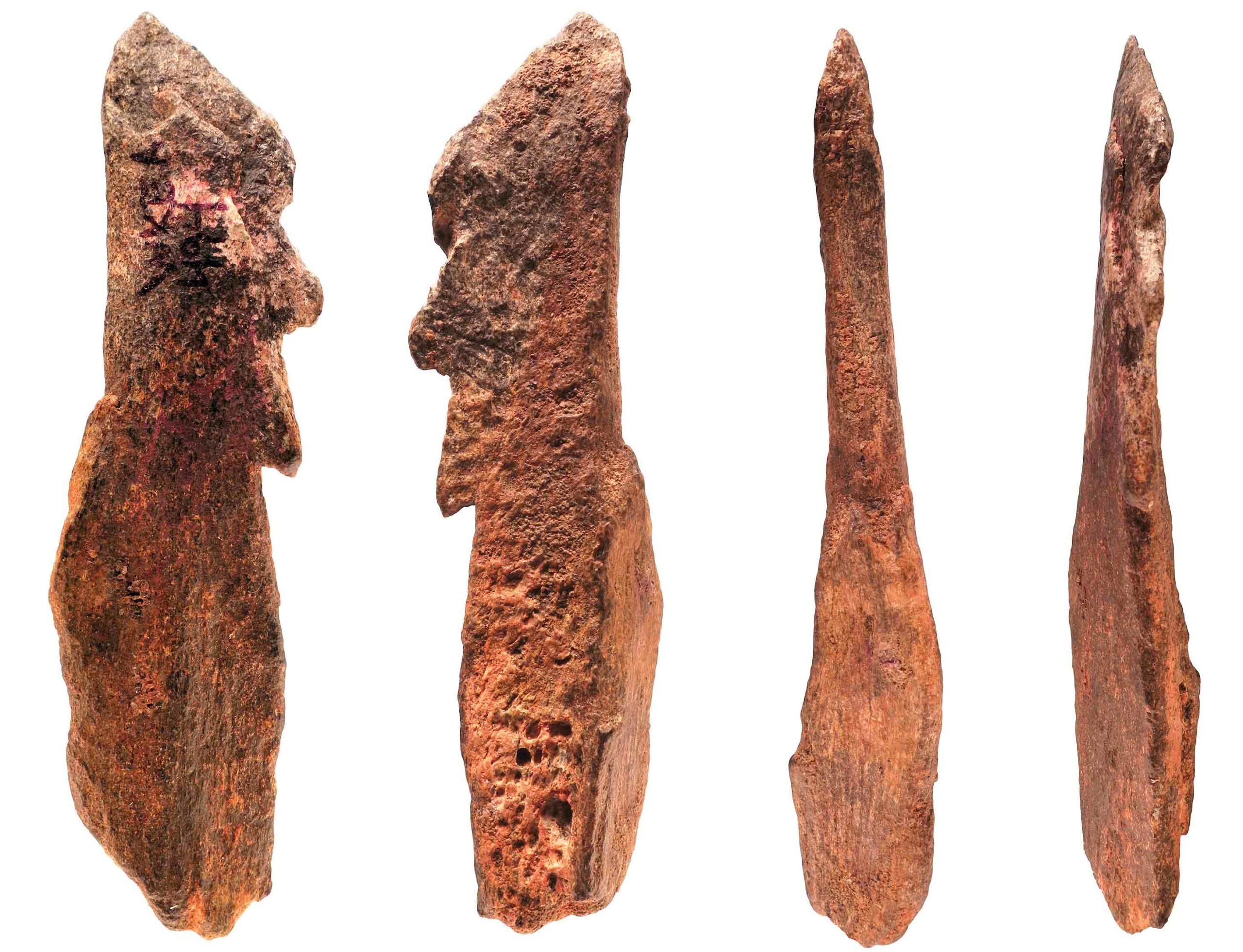 (Courtesy Michael Pante)
(Courtesy Michael Pante) -
Digs & Discoveries
Who Is That Masked God?
 (Courtesy of Kaan İren)
(Courtesy of Kaan İren) -
Digs & Discoveries
Persian Steel
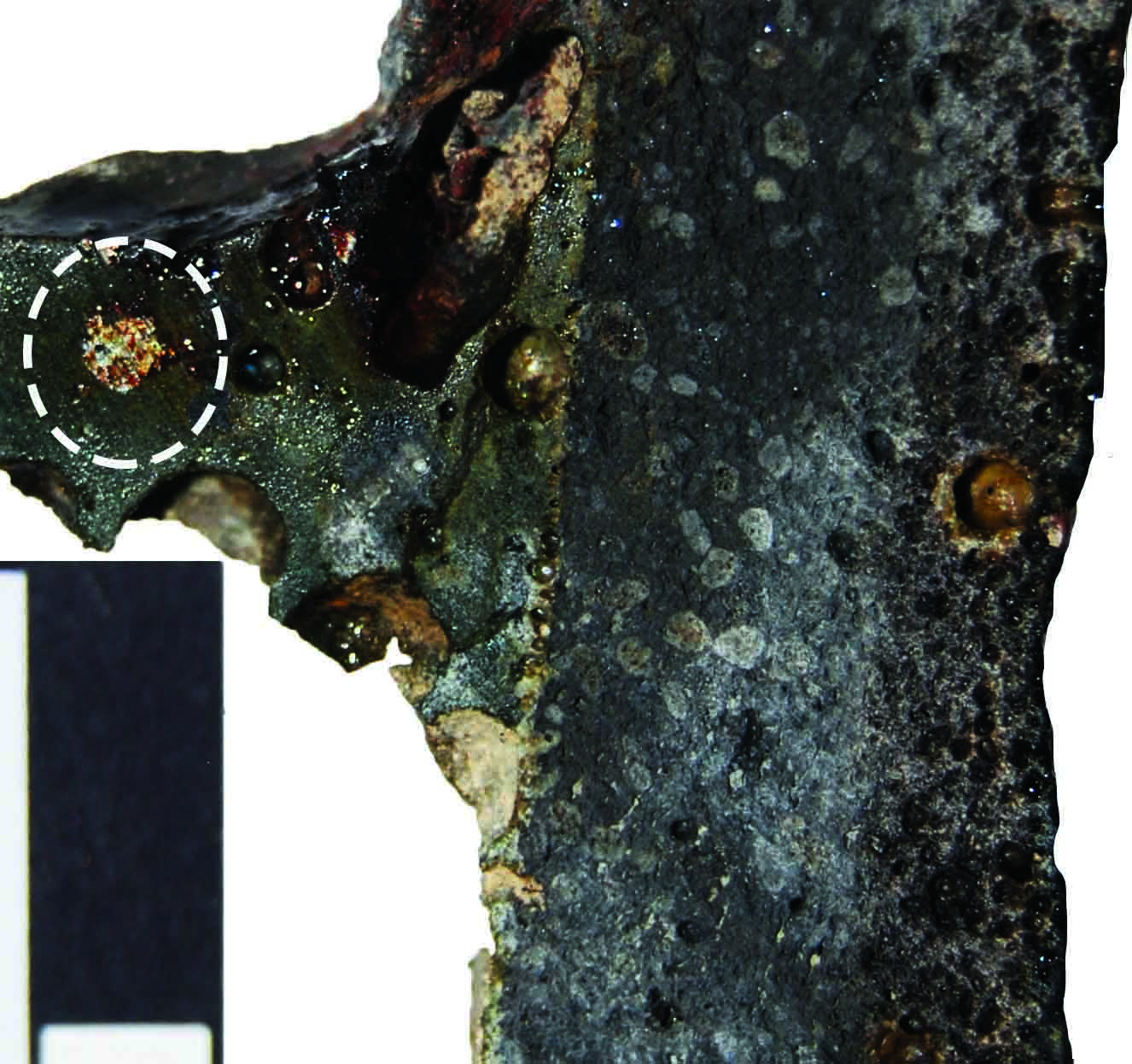 (Courtesy Rahil Alipour, UCL)
(Courtesy Rahil Alipour, UCL) -
Digs & Discoveries
Head Space
 (Knipper et al 2020)
(Knipper et al 2020) -
Digs & Discoveries
Offerings at Sea
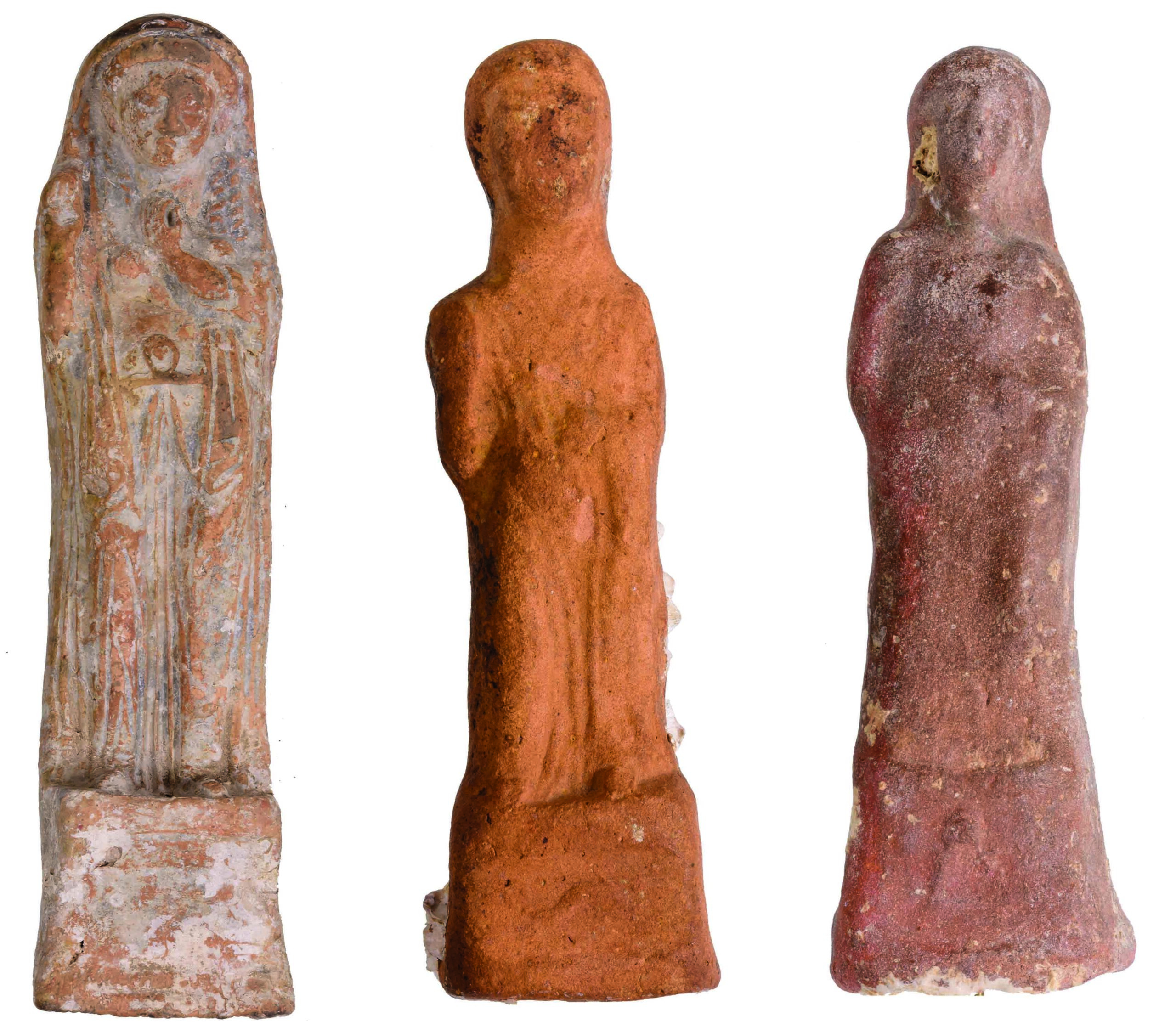 (Jonathan J. Gottlieb)
(Jonathan J. Gottlieb) -
Digs & Discoveries
Bathing With the Toad Goddess
 (Copyright David Coventry)
(Copyright David Coventry)
Off the Grid
Off the Grid January/February 2021
Ouro Preto, Brazil

Around the World

JAPAN

JAPAN: Infrared cameras have captured hidden Buddhist paintings obscured beneath centuries of soot on columns at the Saimyoji Temple, 40 miles northeast of Kyoto. The images of 8 religious icons, which are impossible to see with the naked eye, can be viewed in detail using the imaging technology. Based on the compositions’ style, researchers believe they may date to the later Asuka period (A.D. 492–710).
Related Content
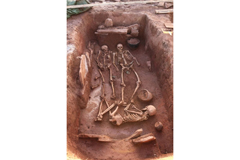
RUSSIA

RUSSIA: The 2,500-year-old tomb of a Scythian warrior couple was uncovered in Siberia’s Khakassia region. The man and woman, who were members of the Tagar culture, were both buried with bronze weapons, including daggers and axes. While long-range arms such as bows and arrows are common in female Tagarian graves, this woman’s assemblage of hand-to-hand combat weapons is unusual and may attest to her fighting prowess. The couple was interred with an elderly woman—perhaps a servant—and an infant.
Related Content
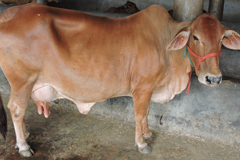
INDIA

INDIA: One of the keys to sustaining the flourishing civilizations of the Indus Valley may have been the development of dairy production. Isotope analysis of lipid residues from ceramic vessels found at the site of Kotada Bhadli indicates that around 2500 B.C., dairy products were common there. This is the earliest such evidence known in India. Milk and cheese from domesticated cattle and water buffalo would have been a major component of the local diet, and any surplus could have been traded with other settlements.




